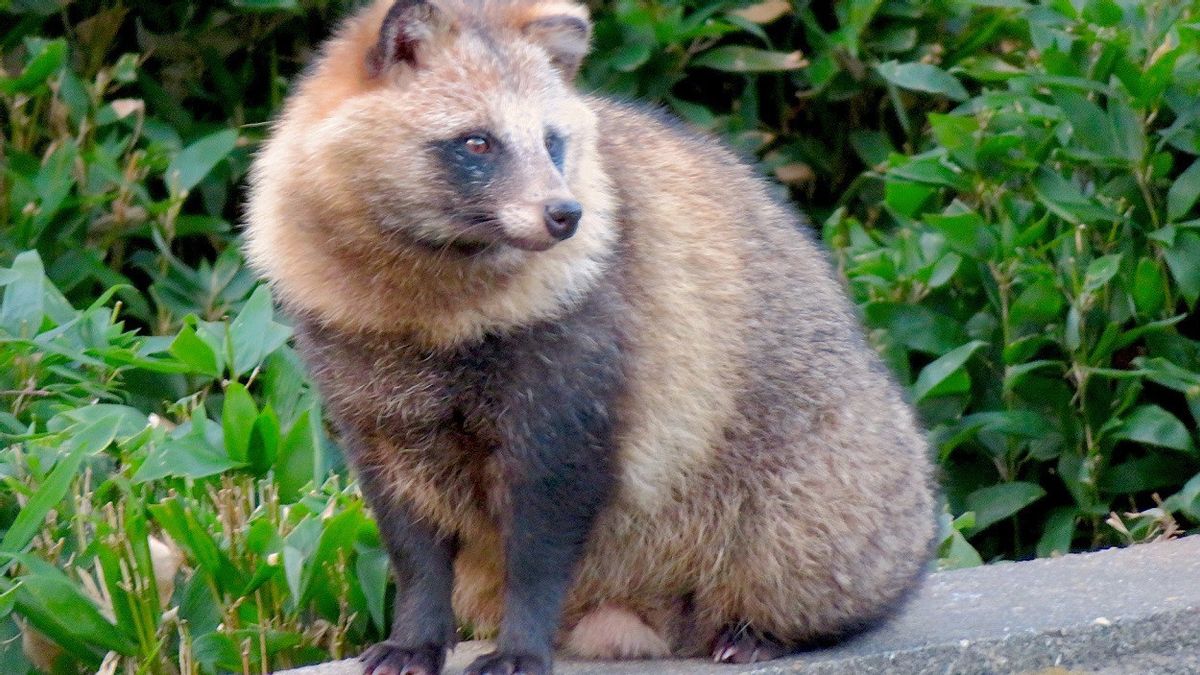JAKARTA - The number of deaths arrested annually in Tokyo has increased by about five times in the past decade, causing crop damage in suburban areas, raising concerns about the ecosystem.
The omnivore animals, which had to undergo acts of destruction, came from North America and went wild after animals kept as pets fled or were abandoned, according to the Ministry of Environment.
Known to be very easy to adapt to fanatical environments and breeders,iri is believed to be spreading mainly in the western hills of the capital metropolitan area and has caused extensive damage to plants in rural areas.
A total of 1,282 chickens were arrested in fiscal year 2022, up from 259 in fiscal 2012, according to the Tokyo Government, although more and more local governments have begun to address the issue, after Tokyo laid out plans to destroy the animals in 2013.
Among local governments, Ome in western Tokyo set traps for residents who wanted to eradicate them. Meanwhile, Fuchu, also in the west, asked residents to contact officers if their plants were damaged or animals entered their homes.
But these measures have so far proven ineffective in curbing the animals, the local government said.
"Our attitude is sometimes damaged because my stomach is also eager to live. Only a small part were really caught, so we couldn't figure out their overall reach," an official from a town said, quoted by Kyodo News May 1.
SEE ALSO:
In fiscal year 2022, the damage caused to plants across the country amounted to around 450 million yen (Rp46,946,818,665), with fruits, vegetables, and livestock very vulnerable, according to the agriculture ministry.
There have also been reports of reports of Tokyo's endangered basander eating.
The English, Chinese, Japanese, Arabic, and French versions are automatically generated by the AI. So there may still be inaccuracies in translating, please always see Indonesian as our main language. (system supported by DigitalSiber.id)


















